Today's Special
Sjim HendrixThe difference between art and culture is sometimes driven home quite forcefully. ‘Real’ art is autonomous, critical and ground-breaking; of which culture is merely a watered-down version.


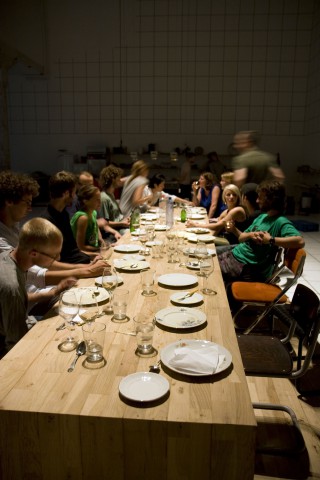



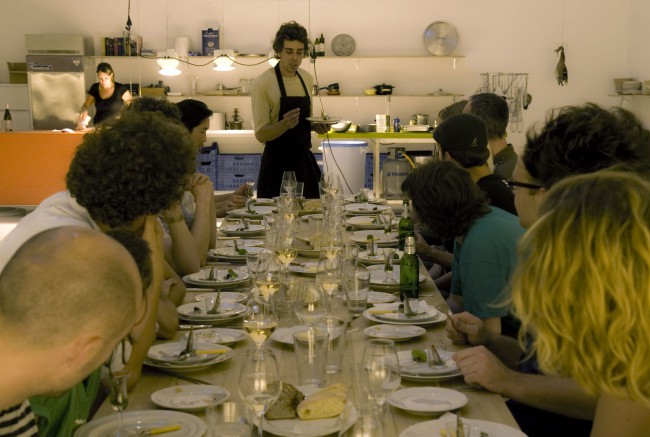


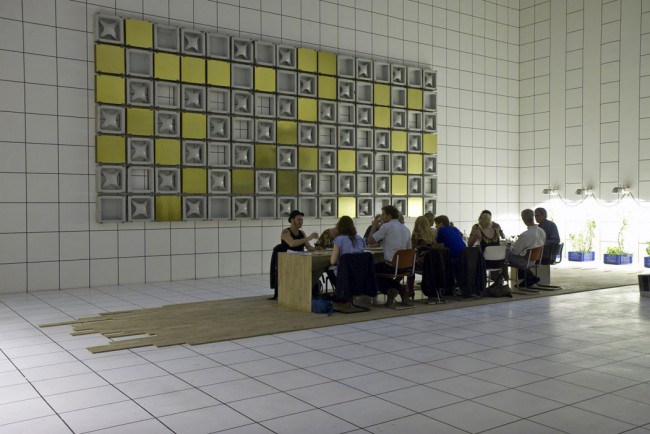
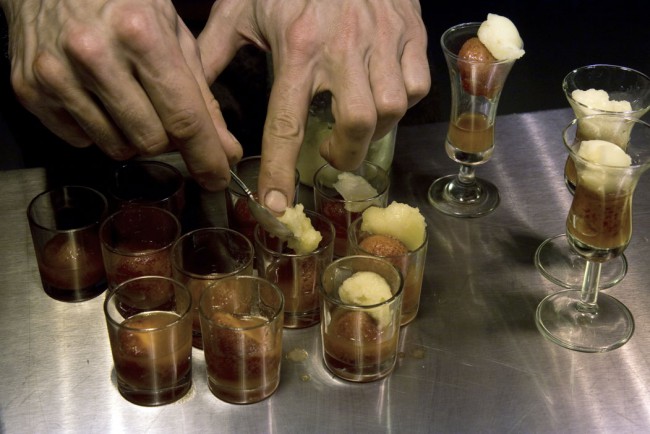


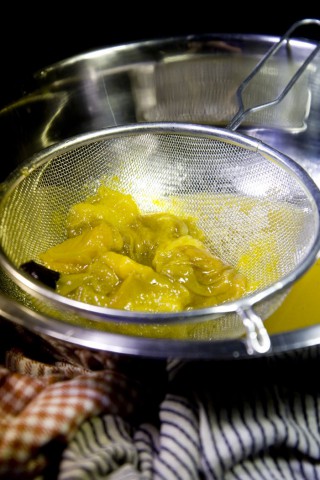

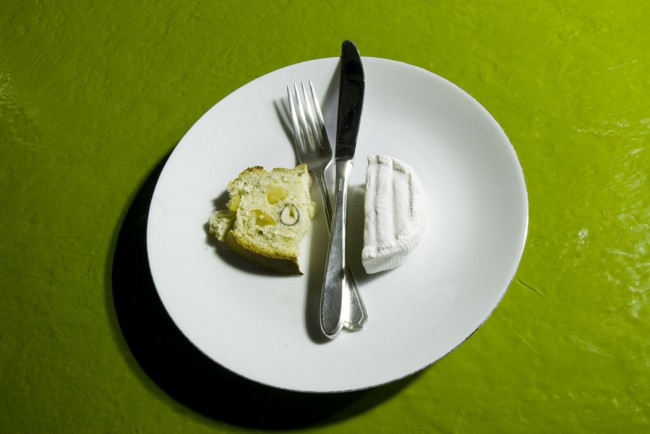

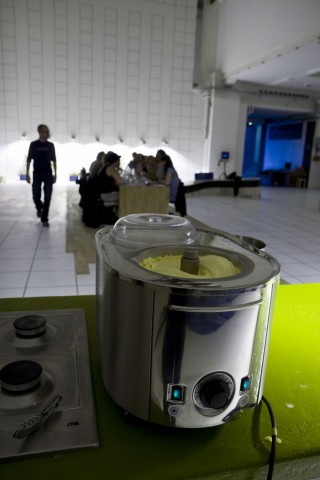
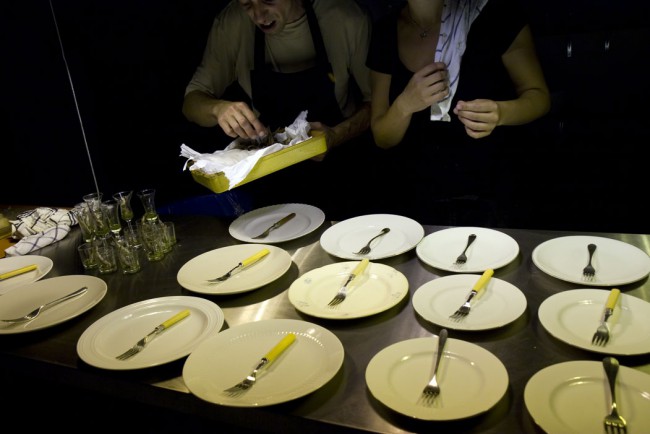
Those who emphasise the difference between art and culture, as do many artists and, implicitly, all those who defend the value and meaning of art against the market or who protect it from other threats, are guilty of saddling artists with a monopoly on creativity, to quote Joseph Beuys. This has made the art world a sanctuary for vague activities. Beuys constantly pointed out the problems that arise from separating art from all other forms of human activity. By placing commodities, services, politics and entertainment outside art, a domain of human intelligence and action is invoked that serves only the animal in man. To define aesthetics as an area that is essentially pointless, a gigantic realm governed solely by functional and economic efficiency is to position it in opposition to art. Ultimately, the depictions of man as animal and man as a cog in a global machine, both of which are very in vogue, cancel each other out.
It is telling that this crisis in man’s image is currently expressed in relation to our food. The excesses in the global, industrial production of food are terrifying for anyone with the courage to examine it seriously. The countermovement in the form of sustainable agriculture and slow food seems continually on the brink of becoming an anachronistic sticking-plaster on the conscience of a small, privileged group. We have 6 billion mouths to feed? What’s to be done?
Art starts in all those places where people structure their lives and work on the basis of their own needs and insights. Which involves all facets of life. The question of how and what to eat is one of the primary and most crucial aspects. If you manage to find a good chef, you can enjoy delicious, healthy, responsible food on the eve of an exhibition opening that costs no more than a take-away pizza and is far, far cheaper than a restaurant.
For the last eighteen months, Sjim Hendrix has been preparing meals prior to an opening in W139. A feast for the artists, their friends, and the friends of W139. He bikes through Amsterdam and the locality by day, buying in ingredients; sometimes half the money goes on a whole, pink Vacherie cheese. At the end of the day, he goes to work in the exhibition space, working at a fold-away table equipped with two large Butagas burners and a small electric hotplate. The scent of home-made bouillon, roasted hazelnuts and roast pig belly fill the space, working their way inch by inch to our office. On Friday evening we set the fold-away tables with second hand plates and cutlery, and eat together as though it’s the first time.
In its thirty-year existence as an exhibition space, W139 has celebrated the relationship between art and food many times. In 2007 we organised the exhibition Supermodel by the Swedish art and agriculture collective Kultivator. Sjim Hendrix has the honour of continuing this tradition. From Wednesday 22 July to Saturday 15 August, in the rear space of W139, Sjim will prepare a five-course meal according the gastronomic precepts set out in Jean Anthelme Brillat Savarin’s book ‘Physiologie du goût’ (1825).
Today's Special, we-fr-sa, 22 July- 16 August. Start 7 pm.
Three days a week (from Wed. to Sat.), Sjim will cook for 12 people; once a week, he will cook for invited guests. The space will be open as usual to the public during opening hours. And you can book by emailing todaysspecial@w139.nl
The five-course meal, including wine, is 40 euro per head.
Suppliers: fruit and vegetables from various Amsterdam market gardens. Beef, lamb, pork and raw dairy from Lindenhoff, Baambrugge. Seasonal game provided by local hunters. Fish and shellfish sourced from the flats, bought fresh off the boat, including the TS 31.
Cheeses from De Friese Kaashandel, De Oude Streek in Zevenhuizen and self-imported cheeses from Italy. Wines supplied by the wine merchant on the Koninginneweg, Amsterdam and self-imported wines from Italy.
Summary of Jean Anthelme Brillat Savarin's 'Physiologie du goût'
Perhaps the impatient reader will ask how, in the year of grace 1825, can any table be spread which will unite all of these conditions?
I will answer this question. Be attentive, readers. Gasterea, the most attractive of the muses, inspires me. I will be as clear as an oracle, and my precepts will live for centuries:—
“Let the number of guests never exceed twelve, so that the conversation may be general.
“Let them he so chosen that their occupations may be varied, their tastes analogous, and that they may have such points of contact that introduction may be useless.
“Let the dining–room be furnished with luxury, the table clean, and the temperature of the room about 16 degrees Reaumur.
“Let the men be intelligent, but not pedantic—and the women pretty, but not coquettes.
“Let the dishes be of exquisite taste, but few in number at the first course; let those of the second be as pleasant and as highly perfumed as possible.
“Let the coffee be hot, and let the master select his own wines.
“Let the reception–room be large enough to permit those who cannot do without the amusement, to make up a card party, and also for little COTERIES of conversation.
“Let the guests be retained by the pleasures of society, and by the hope that the evening will not pass without some ulterior enjoyment
“The tea should not be too strong, the roast dishes should be loaded artistically, and the punch made carefully.
“None should begin to retire before eleven o’clock, and at midnight all should have gone to bed.
Jean Anthelme Brillat Savarin